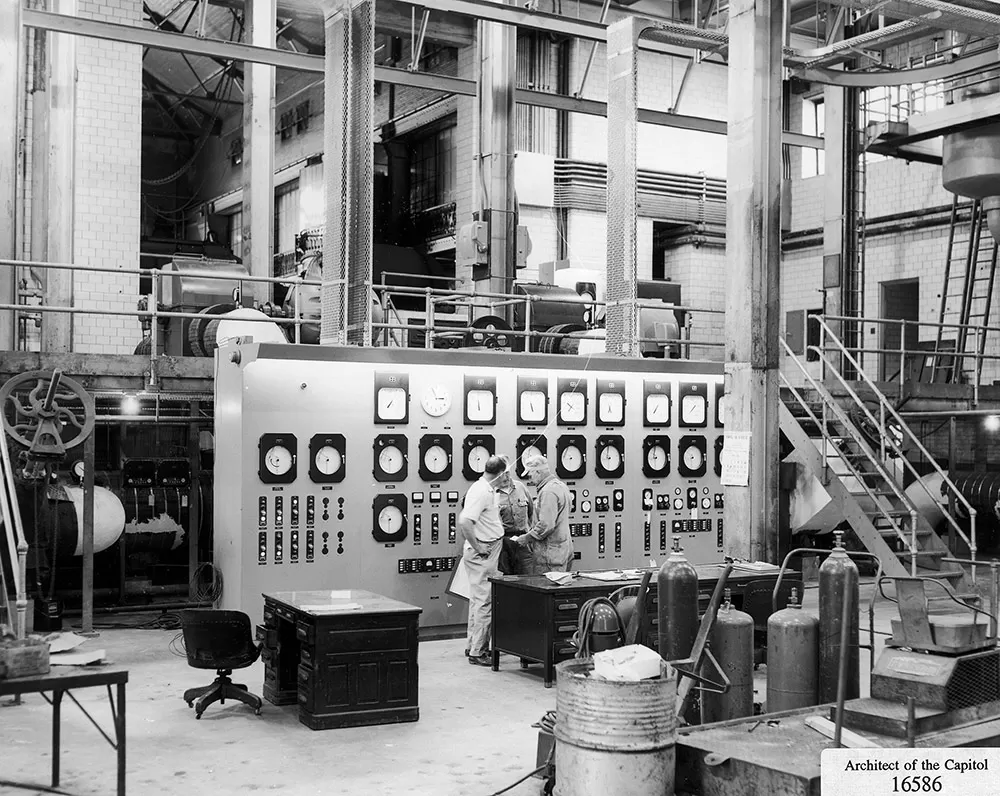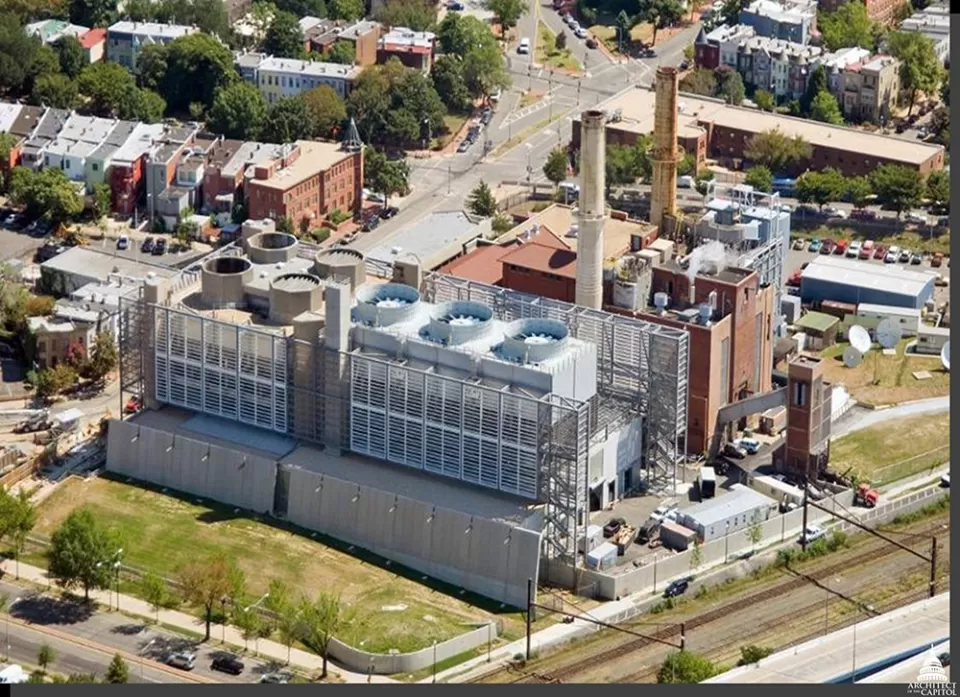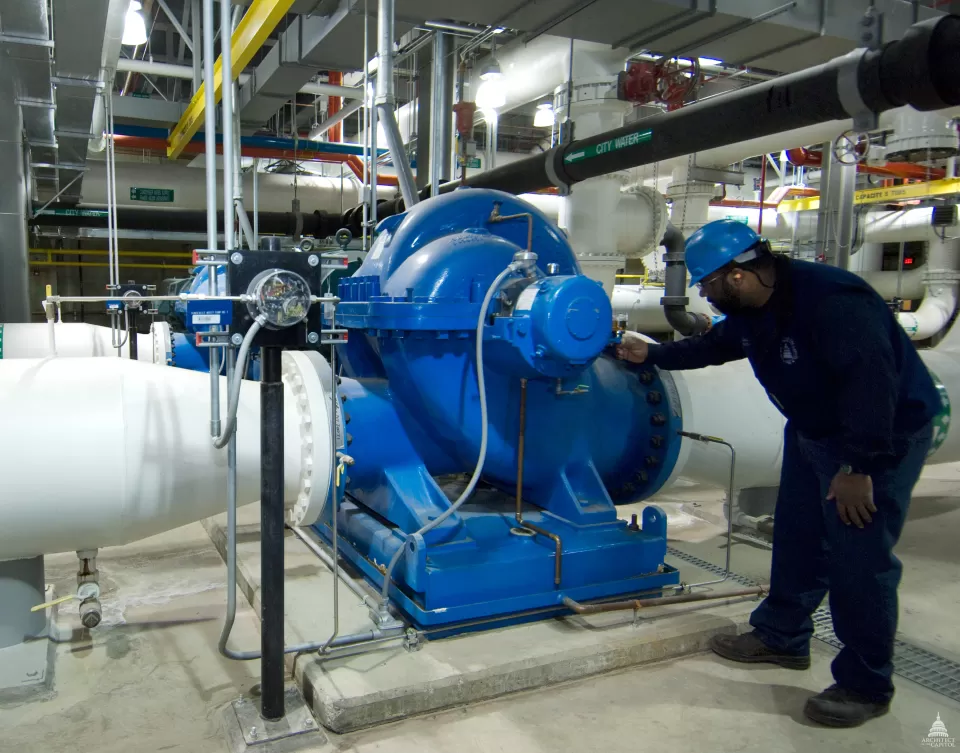Our Stories
Recent Articles
History & Discoveries
A Hallowed Figure in American Art and Culture: the Bald Eagle
The bald eagle is painted, sculpted and carved throughout the Capitol campus. Its white head, wide wingspan and gnarled talons are ubiquitous.
History & Discoveries
Unearthing Capitol Hill's Buried History
Visit Congressional Cemetery and discover the many connections the Architect of the Capitol has to this hallowed ground.
History & Discoveries
The U.S. Capitol Rotunda: Celebrating 200 Years as the Heart of American Democracy
The Rotunda was completed under the direction of Charles Bulfinch by the time of the visit of the Marquis de Lafayette in October 1824.
History & Discoveries
The Liberty Cap: Symbol of American Freedom
The 2024 Olympic mascot is a conical cap, the Phryge, a French symbol of freedom, but it symbolized freedom in the United States before the French adopted it.










Comments
I was amazed to learn that your power plant is over 100 years old. I retired from the Hayden Power Station in Hayden, Colorado in 2002 after 25 years of service. Hayden is a much younger plant. When I hired on in 1977, life span for the plant was about 40 years. With care and modifications, it is still running. I was proud to work there and also enjoyed a family type relationship with my co-workers. I did everything from janitorial, water and coal lab work, warehouse and for a number of months coal handling operator. If I ever visit Washington DC again, it would be a privilege to tour your plant if that is a possibility.
Add new comment